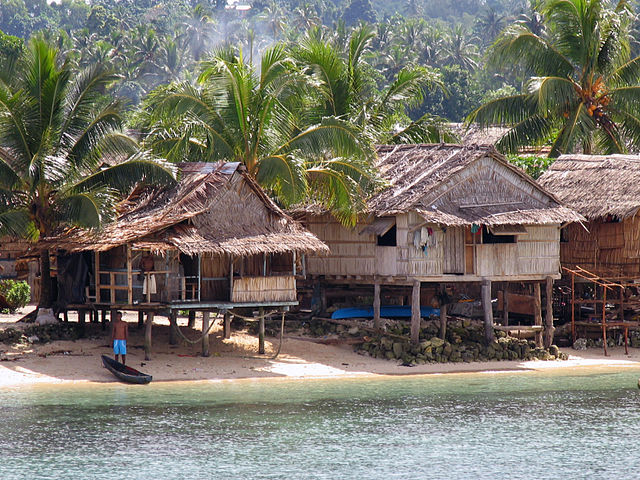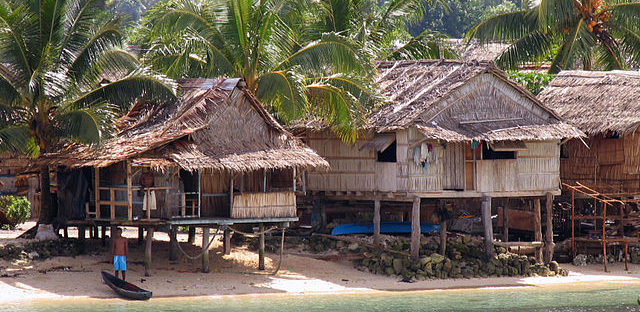- Target: 100% renewable energy by 2030
- Status: In progress
- RES: Solar energy, hydro schemes on rivers, and biomass energy.
- Implementation: One of the least developed countries in the world, the Solomon Islands consists of over 997 islands from which 97 are inhabited. The six main islands are Guadalcanal, Malaita, Makira, Santa Isabel, Choiseul, and New Georgia. The major activities in the islands are agriculture and fishing. The islands possess mineral, hydro and forest resources. The Solomon Islands are currently experiencing the severe effects of climate change, with extreme weather conditions, rising air temperatures on flora and fauna, and rising sea levels. Like most pacific islands countries, Solomon Islands is heavily dependent on fossil fuels for its transportation system and diesel for its power generation. The country, however, is now turning to renewable energy to replace these fuels. The country´s national Ministry of Mines, Energy and Rural Electrification is implementing energy schemes to promote the use of renewable energy. The government has initiated renewable energy projects in rural communities, with donor support to promote rural electrification and the use of solar power. Notable projects include the use of solar for power generation in schools. In 2019, an agreement to build the Tina River hydropower project was signed which will increase the amount of renewable energy in the Honiara national grid by nearly 70 percent while reducing reliance on expensive diesel power. The project is Solomon Island’s first large-scale infrastructure project to be developed as a public-private partnership (PPP), involving the Solomon Islands Government, the state-owned power utility Solomon Power and the private developers of the project, Korea Water Resources Corporation (K-water) and Hyundai Engineering Corporation (HEC). Support is also being received from the World Bank. The Solomon Island's government is working towards addressing challenges in reaching its energy goal in general, which include: the lack of technical skills, little or no renewable energy training available locally, and the lack of legislation for Renewable Energy Service Companies (RESCOs).
- Population: 599,419 (2016)
- Area: 28,400 km2 (11,000 sq mi)
- Link: http://www.worldbank.org/en/news/press-release/2018/12/06/agreements-signed-to-bring-reliable-renewable-electricity-to-solomon-islands

- Malaita Island © Irene Scott/AusAID CC BY 2.0
